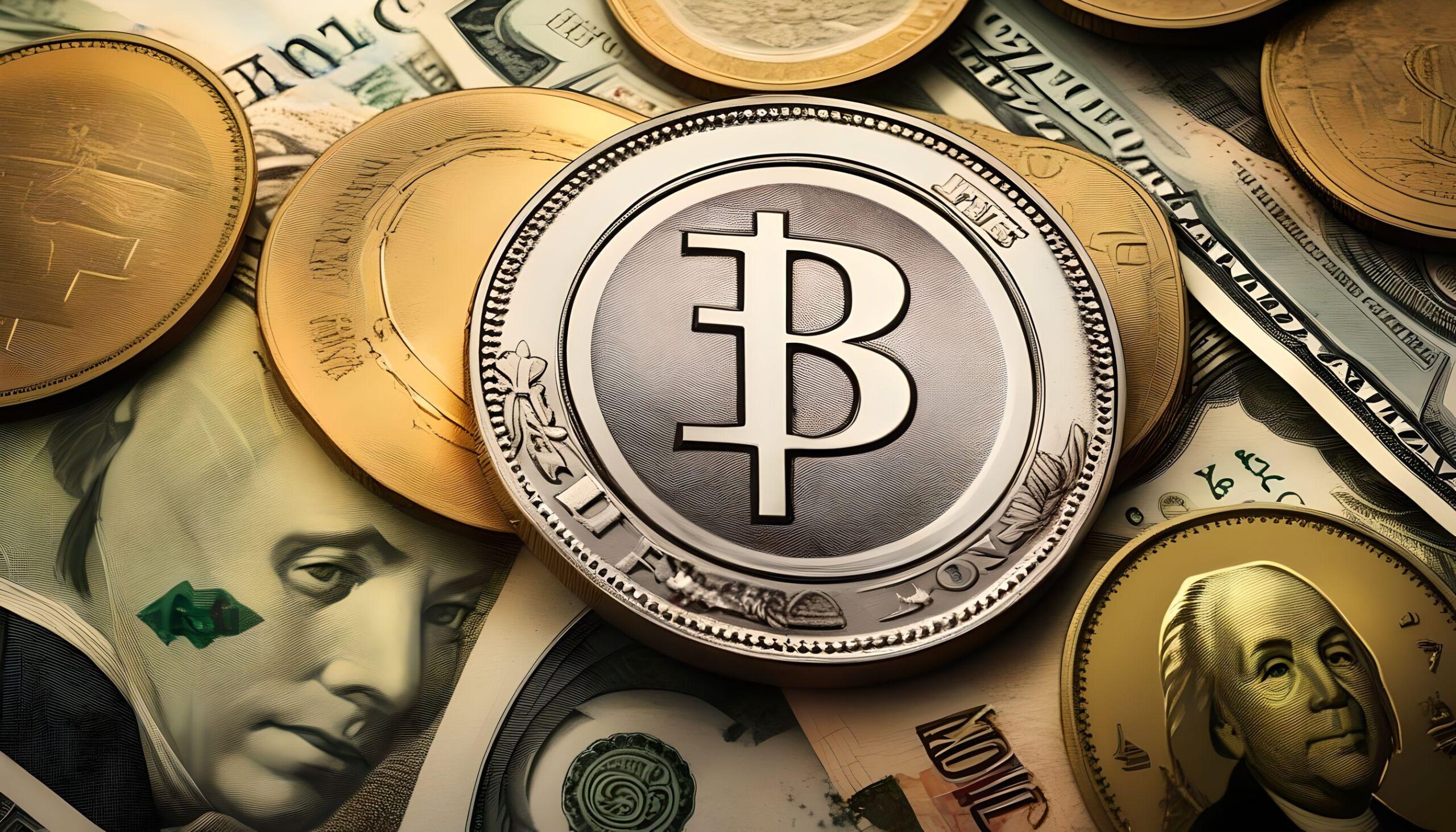Introduction
International finance is a dynamic field that studies economic interactions between countries, financial systems, and the impact of world events on financial markets. This article explores key concepts, trends, and challenges in international finance.
Understand International Finance
International finance involves many different aspects.
- Interest Rates: The cost of borrowing money. It varies from country to country depending on central bank policies.
- Exchange Rates: The relative value of one currency to another. Affect trade and investment flows.
- Foreign Portfolio Investment (FPI): Cross-border investment in financial assets (stocks, bonds).
- Foreign Direct Investment (FDI): Investment in physical assets (factories, real estate) abroad.
- Currency Market: Where currencies are bought and sold.
Global Trends and Challenges
Fintech Revolution
Advances in financial technology (fintech) are changing the landscape. Blockchain, digital payments, and decentralized finance (DeFi) are impacting cross-border transactions.
Trade Wars and Tariffs
Geopolitical tensions lead to trade disputes and tariffs. These affect exchange rates, supply chains and investor confidence.
Sustainable Finance
Environmental, social and governance (ESG) considerations influence investment decisions. Green bonds and social impact bonds are becoming increasingly important.
Post-LIBOR Era
The move away from the London Interbank Offered Rate (LIBOR) is impacting interest rates around the world. The market adapts to the alternative base rate.
Case Study: Belt and Road Initiative (BRI)
The Belt and Road Initiative, led by China, aims to improve infrastructure connectivity in Asia, Europe and Africa. It involves massive investments, currency swaps, and geopolitical implications.
Risk Management Strategies
- Hedging: Using derivatives to hedge against currency fluctuations.
- Diversification: Spread your investments across countries and asset classes.
- Country Risk Assessment: Assess political stability, legal system, and economic conditions.
Currency Markets and Exchange Rates
Foreign Exchange (Forex) Market
Currencies are traded on the foreign exchange market. It operates 24/7 in different time zones. The main currencies include the US dollar (USD), the euro (EUR), the Japanese yen (JPY), and the British pound (GBP). Exchange rates fluctuate based on supply and demand relationships, interest rate differentials, and geopolitical events.
The Theory of Purchasing Power Parity (PPP)
The PPP proposes that exchange rates should be adjusted to equalize the purchasing power of different currencies. If the price of a basket of goods is the same in two countries, the exchange rate should reflect this balance.
Carry Trade Strategy
Investors borrow in low-interest currencies and invest in high-interest currencies. The purpose is to make a profit by taking advantage of interest rate differences. However, carry trades involve risks due to exchange rate fluctuations.
Global Financial Institutions
International Monetary Fund (IMF)
The IMF provides financial assistance to member countries facing balance of payments crises. It also carries out economic monitoring and provides policy advice.
World Bank
The World Bank supports development projects in developing countries. It provides loans, grants, and technical assistance for infrastructure, education, and poverty reduction.
Multinational Corporations (MNCs)
Multinational corporations operate across national borders and manage overseas subsidiaries. They face challenges such as currency risks, political instability, and cultural differences.
Emerging Markets and Risks
BRICS Countries
Brazil, Russia, India, China, and South Africa make up the BRICS group. While these emerging markets offer growth opportunities, they also come with risks due to volatility and regulatory uncertainty.
Currency Crises
A sudden devaluation of a currency can cause financial instability. Examples include the Asian Financial Crisis (1997) and the Argentine Peso Crisis (2001).
Capital Management
Some countries have placed restrictions on capital movements to stabilize their economies. These regulations impact foreign investment and liquidity.
The Role of Central Banks
Monetary Policy
Central banks influence interest rates and money supply. Your decisions affect exchange rates and inflation.
Currency Intervention
Central banks may intervene in foreign exchange markets to stabilize exchange rates. They buy and sell currencies to ensure stability.



